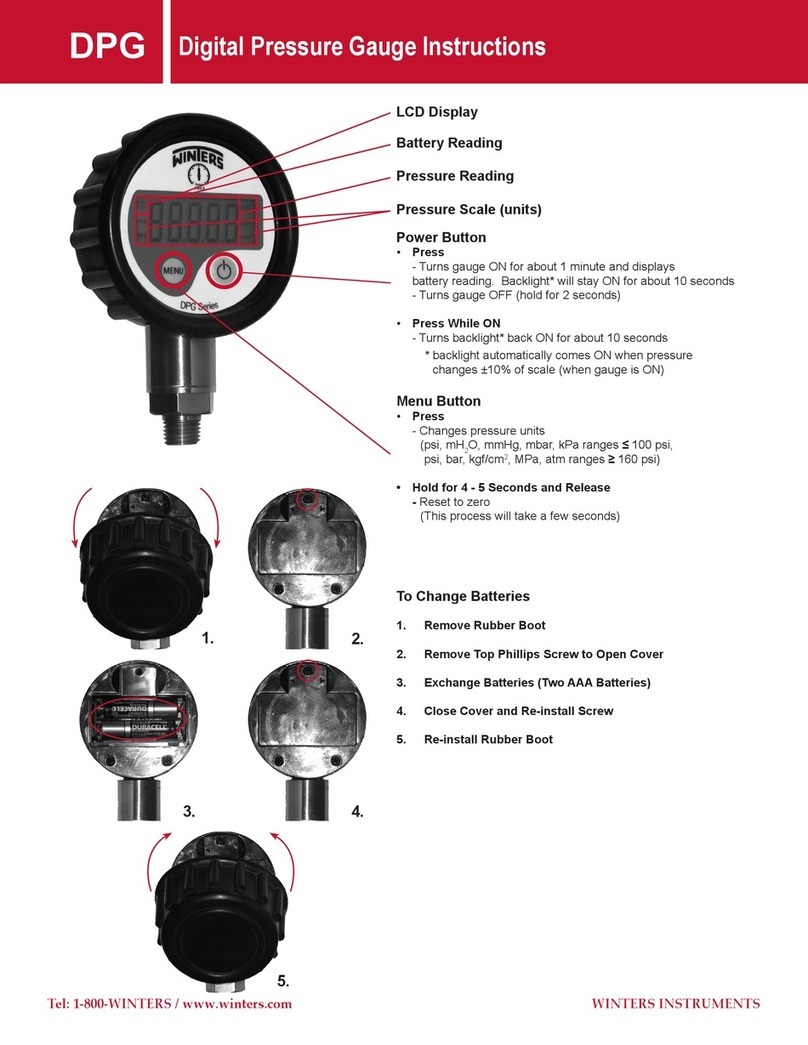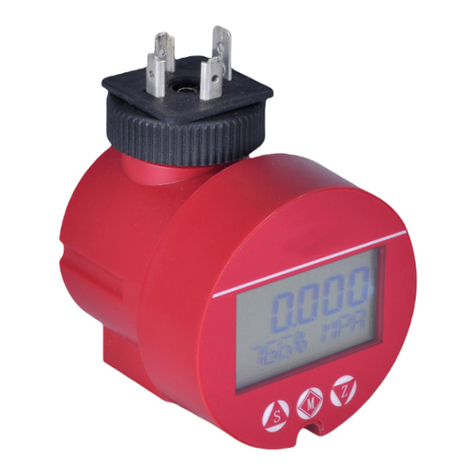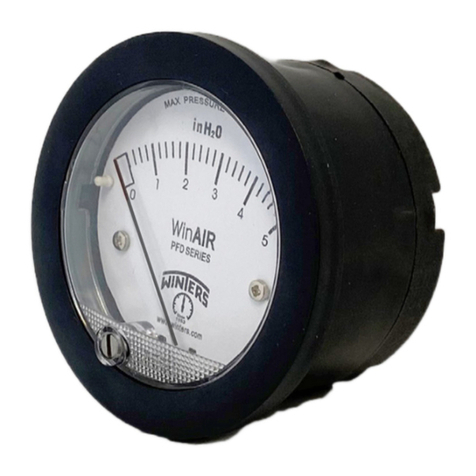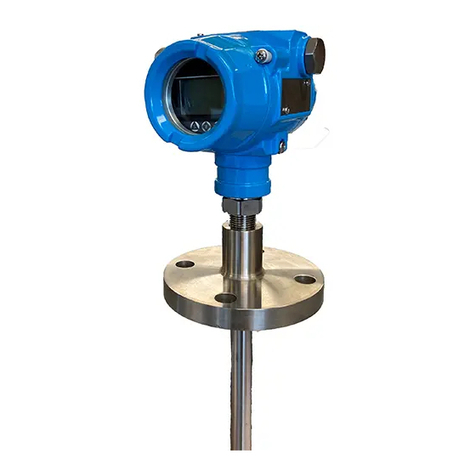LM7 Installation, Operation Manual
Tel: 1-800-WINTERS / www.winters.com WINTERS INSTRUMENTS2
Description and Features:
• Designed for continuous level measurement in water or wastewater (thin film)
• Good linearity for long term stability
• Available ranges include up to 300 psi
• Wide range of mechanical and electrical connections
• ±0.25% accuracy
• NEMA 6P / IP68. Approved for outdoor use. Explosion proof option available
• Customizable
• 1 year warranty
Applications:
• Appropriate for all level and depth measurement applications including open tanks, ground water
monitoring, sewage and water treatment facilities
Note: Intrinsically safe approval only applies to 4-20 mA output signal
1Shielded cable with integrated air tube for atmospheric pressure reference
Specifications
Output Signal
Standard 2-wire: 4-20 mA / Vs = 12-36 Vdc
Optional Ex-protection 2-wire: 4-20 mA / Vs = 14-28 Vdc
Optional 3-wire: 0-20 mA / Vs = 14-36 Vdc
0-10 V / Vs = 14-36 Vdc
Accuracy <±0.25% FSO BFSL
Permissible Load
Current 2-wire: Rmax = [(Vs - Vs min) / 0.02] Ohm
Current 3-wire: Rmax = 500 Ohm
Voltage 3-wire: Rmin = 10 kOhm
Influence Effects Supply: 0.05% FSO / 10 V
Load: 0.05% FSO / kOhm
Response Time <10 msec
Thermal Error <±0.2% FSO / 10K
Permissible Temperatures Medium: 14°F to 158°F (-10°C to 70°C)
Storage: -13°F to 158°F (-25°C to 70°C)
Short Circuit Protection Permanent
Reserve Polarity Protection No damage. No function.
Electromagnetic Protection Emission and immunity according to EN 61326
Ex-protection Option
Zone 0: II 1 G Ex ia IIC T4
Zone 20: II 1 D Ex tD A20 IP65 T185°F (85°C)
Safety technical max values: Ui = 28 V, Ii = 93 mA, Pi = 660 mW, Ci<1nF, L<10μH
Permissible Media Temperature Zone 0: 14°F to 140°F (-10°C to 60°C) with patm 12 up to 16 psi
Zone 1: 14°F to 158°F (-10°C to 70°C)
Connecting Cables Cable capacitance: Signal line/shield and signal line/signal line: 160 pF/m
Cable inductance: Signal line/shield and signal line/signal line: 1 μH/m
Electrical Connection Cable with sheath material1: PVC grey, PUR black, FEP black
Pollution Degree 4, electrical equipment for outdoor use
Housing 316Ti SS
Seals FKM (Viton®, Kalrez®) / EPDM
Diaphragm Ceramic AI2O396%
Protection Cap POM
SIL 2 Option IEC 61508 / IEC 61511
Current Consumption Current: 25 mA max
Voltage: 7 mA max
Weight 250 g (without cable)
Enclosure Rating NEMA 6P / IP68
CE Conformity EMC directive: 2004/108/EC
Kalrez®and Viton®are registered trademarks of DuPont
Performance Elastomers































